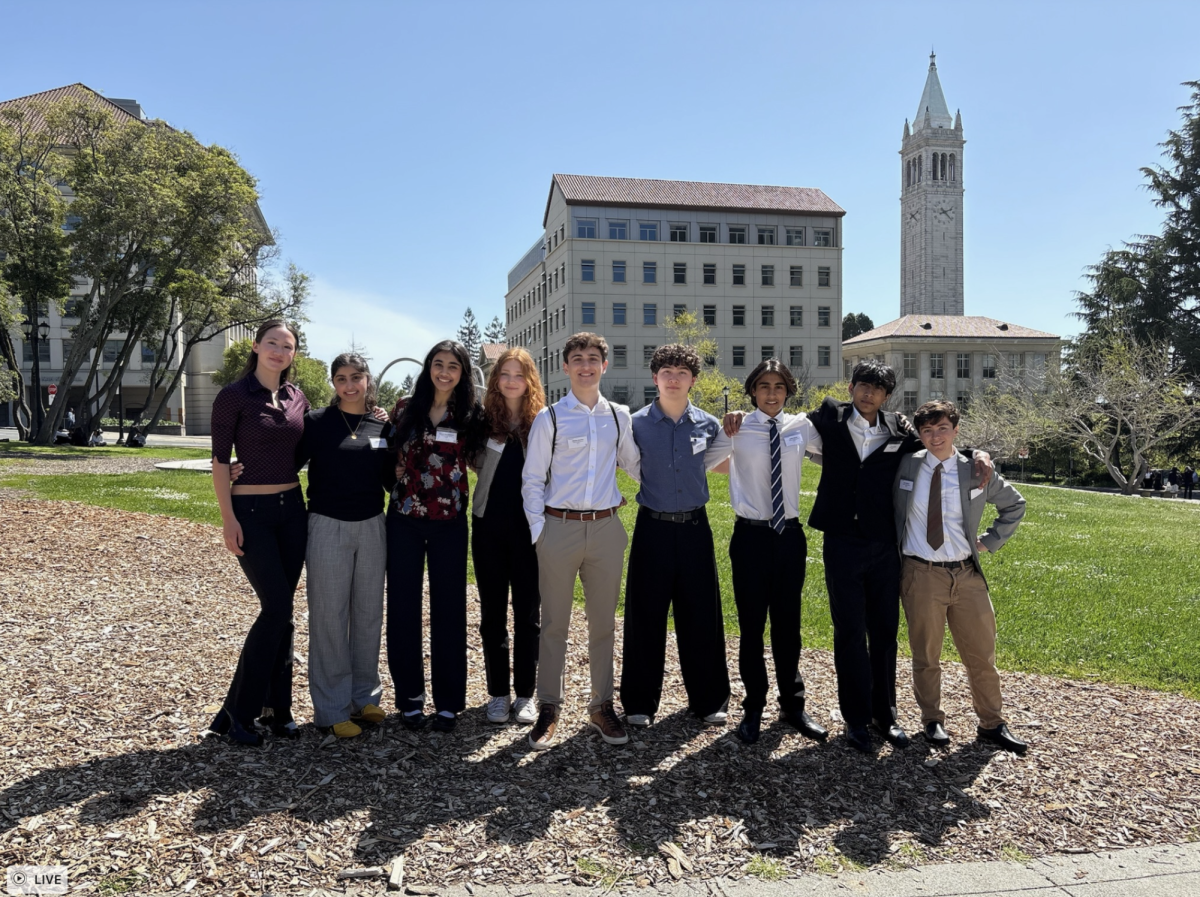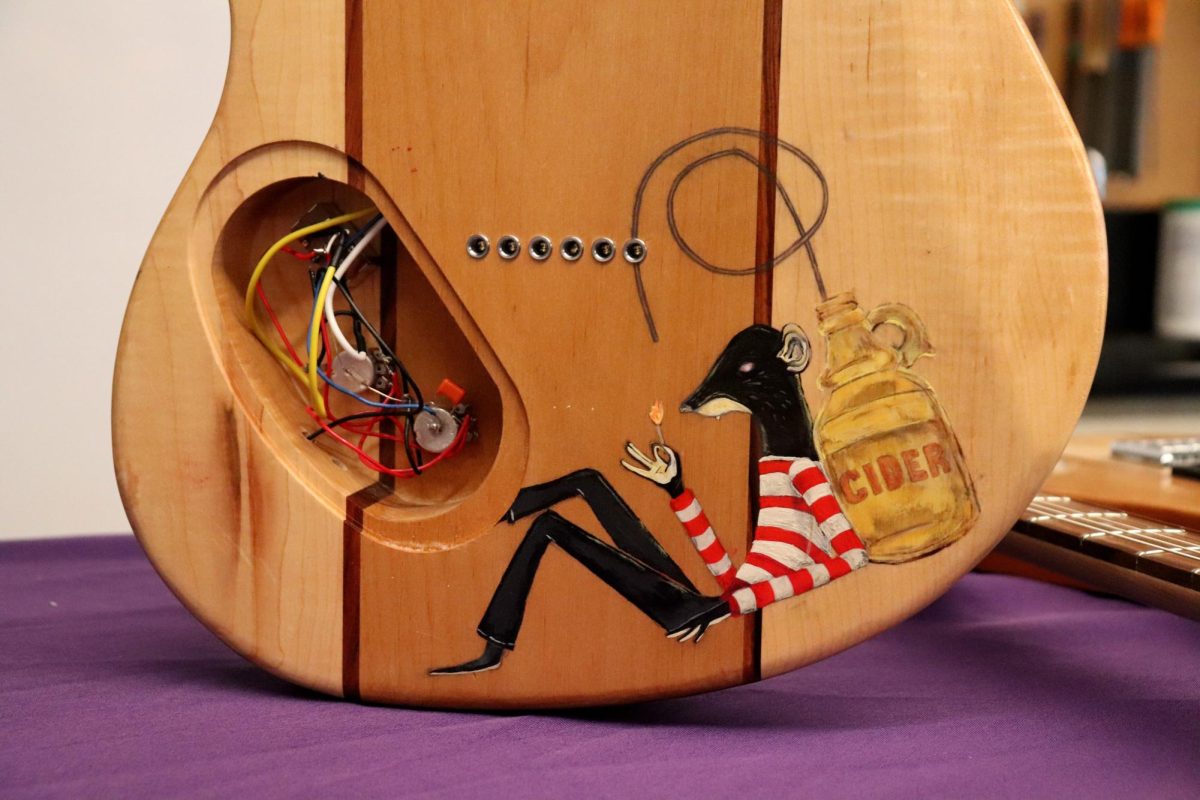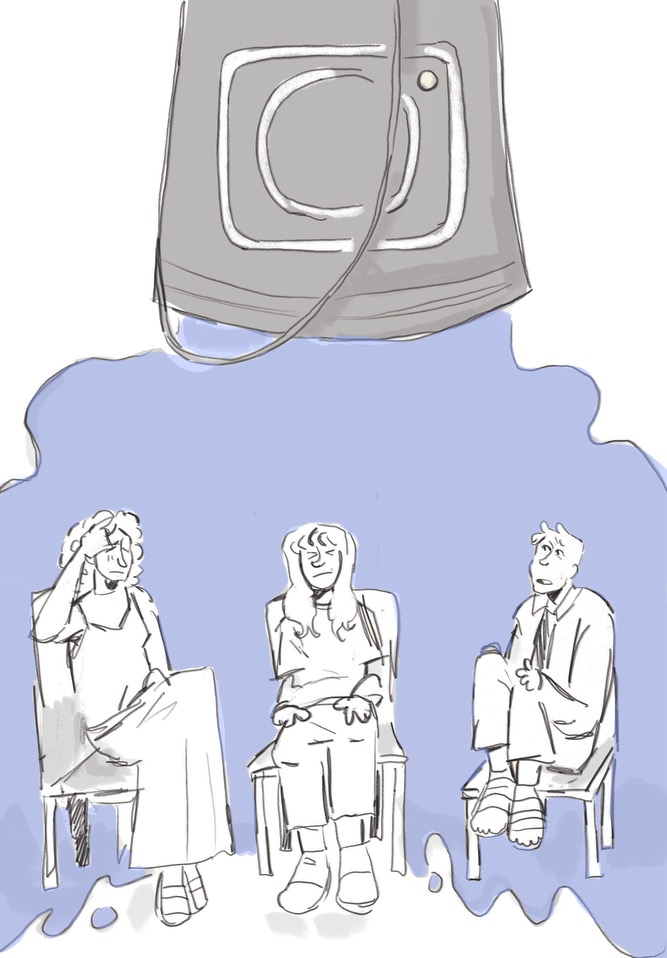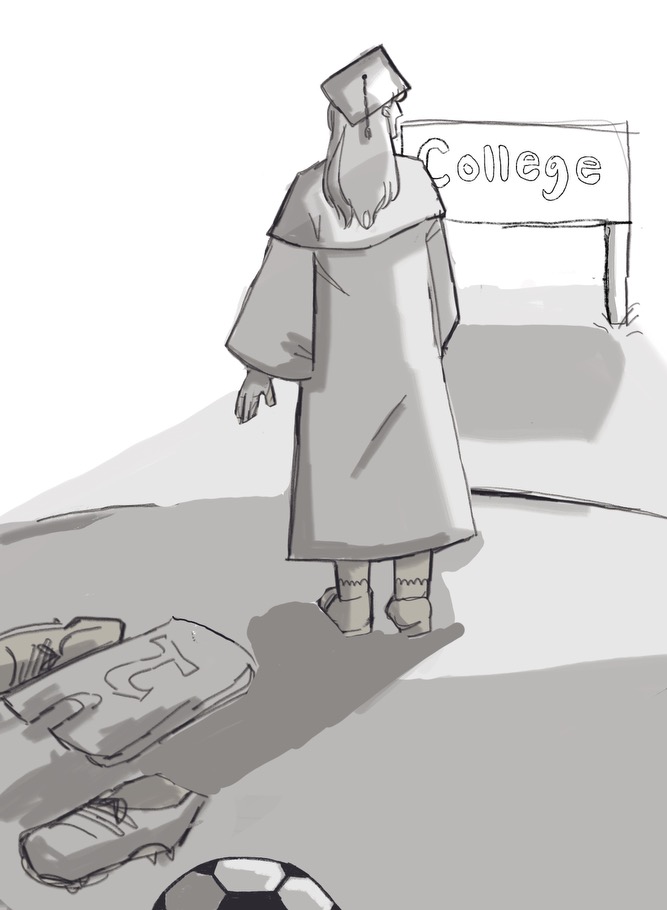The Physical Impact
Feb 17, 2023
Rub some dirt in it. Walk it off. Roll it out.
Limping off Witter, a high school soccer player knows she’ll have to return to the field tomorrow for practice. Her coach hints that she should just “rub some dirt in it” and she’ll be fine.
What might seem like a minor injury to coaches, though, could actually cause long-term consequences.
Often feeling like there are not enough hours in a day, student-athletes may struggle to accomplish all they need to maintain their fitness, health, and academic studies.
“If I have a late game or practice and I get home really late, then I have to do my homework, eat dinner, and shower, then I’m going to bed super late,” said PHS women’s soccer player and sophomore Eliza Hammond, “Then at school the next day I am completely tired and it’s super hard for me to pay attention in class and actually learn.”
According to an article by the Health and Safety Executive, fatigue can happen as a result of prolonged muscle use. Exhausted athletes are more likely to struggle with comprehension and attention in school. According to an article by the North Sydney Sports Medicine Centre, fatigue can result in mistakes, injuries, health problems, and decreased productivity.
When a student-athlete feels physically depleted, they have increased chances of suffering from serious injuries such as concussions. According to the Centers for Disease Control, fatigue has been linked to slower reaction times, lack of concentration, and impeded judgment.
“Concussions are one of the prime reasons why I am working in high school,” PHS athletic trainer Bruce Valentine said, “The recovery from concussion can vary from person to person and does have an impact on learning.”
According to the National Collegiate Athletic Association, neurodegenerative illnesses, moderate cognitive impairments, and decreased cognitive functioning are more common in children who have experienced concussions. Serious brain injury may arise from repeated concussions while playing sports.
Other physical issues also arise from a sudden increase in the rate of exercise or overtraining like stress fractures or tiny cracks in your bones.
“Stress fractures generally occur from overtraining so distance and long-duration athletes are at risk of stress fractures,” Valentine said.
According to the National Library of Medicine, stress fractures and torn ligaments are frequently caused by excessive tension on joints and muscles. These injuries are not only extremely painful and interfere with an athlete’s active lifestyle, but they also have long-term consequences. Even after the damage heals, the long-term effects can last for years. The human body has its own limits and pushing those limits too far has negative effects.

The demands of training student-athletes put them at risk for overuse injuries. “I play soccer five times a week and sometimes also train on my own. That combination is a lot on my body,” said men’s soccer player and junior Riley Stratman.
Athletes’ chances of developing arthritis may rise as a result of sports-related injuries sustained on the field, such as torn ligaments or cartilage, according to The British Journal of Medicine. Arthritis is inflammation of the body’s joints. It happens when the smooth protective cushioning surface around the joints deteriorates, resulting in stiffness and swelling.
Playing sports may also have detrimental consequences on the athlete’s body in the future. “There is definitely a risk when playing sports. You could get hurt to the point of needing something like surgery and maybe can’t return to your prior level of function,” Valentine said.
Start active, stay active.
Being a student athlete comes with many positives and playing sports can lead to numerous advantages later in life.
While there are potential negative consequences of athletic participation there are numerous benefits. “Playing sports has given me an avenue to exercise and constantly keep my body active and healthy,” said PHS baseball player and junior John Olsen.
According to an article by the US Government Accountability Office, exercise pumps more oxygen through your blood and makes your entire system more active. The benefits of playing sports include giving you more energy to manage an overwhelming schedule.
“When you’re exercising and training you are teaching your body specific skills in order to build the connections in your brain that tell your body what to do,” said sports medicine physician Dr. Tara Shaw.

According to an article by the National Library of Medicine, physical activity boosts blood flow to the brain which improves mental focus, memory, creativity, and problem-solving abilities. Engaging in sports promotes brain development and improves brain function.

Physical activity has also been shown to combat chronic disease. “Just by exercising you can reduce the risk of getting heart disease or diabetes, and even reduce symptoms of depression,” Shaw said.
According to the CDC, exercise can prevent chronic diseases as effectively as medication. Physical activity is associated with reducing the risk of 13 different types of cancer such as breast, colon, liver, and myeloid leukemia, according to a 2016 study by the National Institute of Health. Sports lower the risk of metabolic syndromes thanks to improved nutrition and gas exchange. Additionally, there is a decreased incidence of cardiovascular disease and enhanced cardiac function.

Athletes who prepare their bodies for competition in their sport reduce their chance of injury. “Learning to listen to your body to develop a lifelong habit of health and taking care of your body is all learned through sports,” Shaw said.
Since they are physically prepared for the challenges of sports, people who play sports generally have better overall physical health than those who do not. These skills can often be applied to other aspects of life. Adolescents who play sports are eight times as likely to be active at age 24 than those who do not participate, according to a study done by Project Play Aspen Institute. Each individual athlete must consider the potential negative and positive physical effects of sports participation.

























